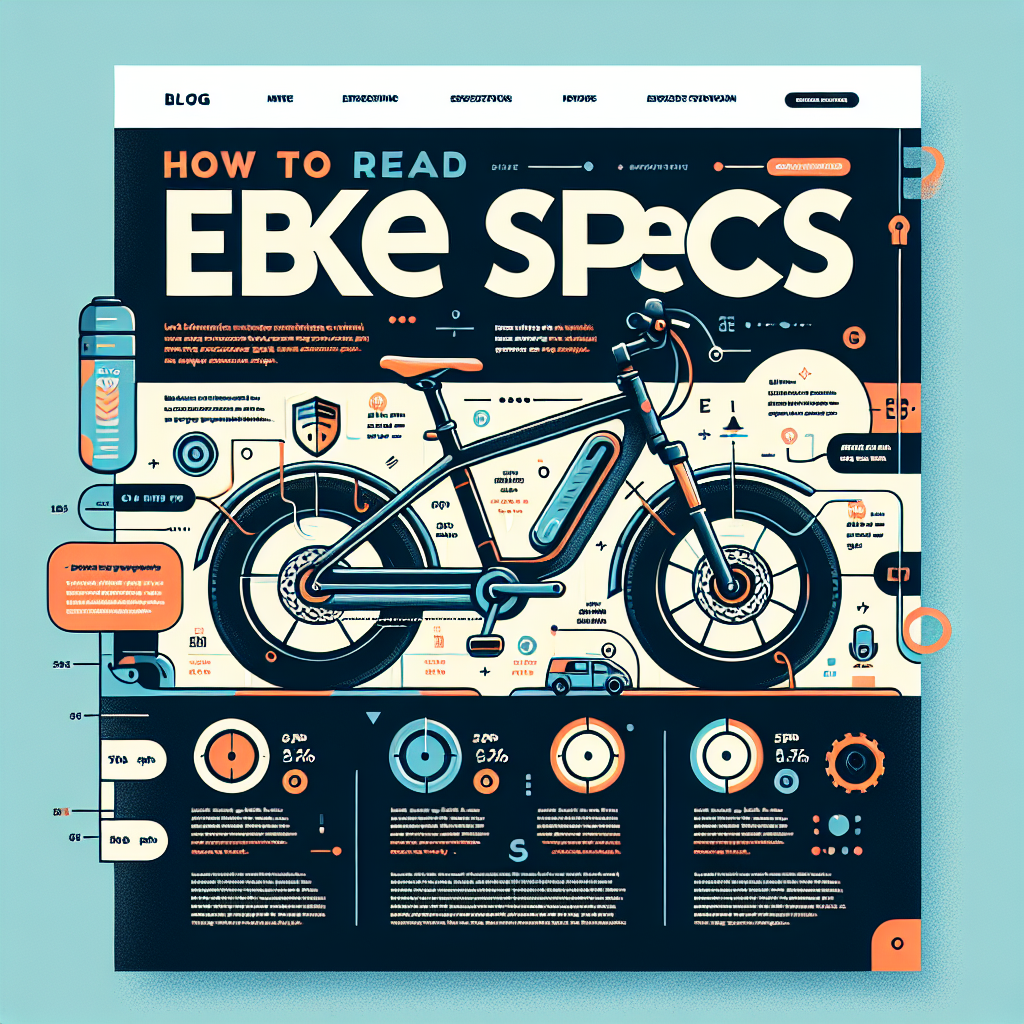Shopping for an eBike can feel a little overwhelming at first — all those numbers, terms, and fancy tech features! But don’t worry — once you know what to look for, reading eBike specs is actually pretty easy.
Let’s break it down so you can shop like a pro and find the perfect ride for you.
1. Motor Power (Watts)
Motor power is usually listed in watts (W) — like 250W, 500W, or 750W.
It tells you how much energy the motor can deliver.
- 250W: Great for flat roads and light riders.
- 500W: Good balance for commuting and light hills.
- 750W+: Powerful enough for steep hills, heavy riders, and off-roading.
👉 Higher watts = more power, but also more battery drain.
2. Torque (Nm)
Torque (measured in Newton meters, Nm) tells you how much pulling force the motor has.
- Low Torque (under 50 Nm): Fine for flat city streets.
- Mid Torque (50–70 Nm): Good for mixed terrains and moderate hills.
- High Torque (70+ Nm): Needed for steep hills, heavy loads, or off-road adventures.
👉 High torque = better hill-climbing and faster starts.
3. Battery Size (Wh)
Battery capacity is measured in watt-hours (Wh) — like 400Wh, 500Wh, or 700Wh.
It shows how much energy the battery can store.
- Smaller battery (300–400Wh): About 20–40 miles range.
- Mid-size battery (500–600Wh): About 40–60 miles range.
- Large battery (700Wh+): 60+ miles, depending on your riding style.
👉 Bigger battery = longer rides, but also heavier and more expensive.
4. Top Speed
Most eBikes are capped at certain speeds based on their motor class:
- Class 1: Pedal-assist only, up to 20 mph (32 km/h).
- Class 2: Pedal-assist + throttle, up to 20 mph (32 km/h).
- Class 3: Pedal-assist only, up to 28 mph (45 km/h).
👉 Higher class = faster speeds, but check your local laws!
5. Bike Weight
eBikes are heavier than regular bikes because of the motor and battery.
Typical weights:
- Light eBikes: 30–40 lbs (14–18 kg)
- Average eBikes: 45–60 lbs (20–27 kg)
- Heavy-duty eBikes: 60+ lbs (27+ kg)
👉 Lighter bikes are easier to carry; heavier bikes often have more power or range.
6. Brakes
Good brakes are a must for an eBike! Look for:
- Mechanical disc brakes: Cheaper, easier to fix.
- Hydraulic disc brakes: Stronger, smoother, and better for heavy or fast bikes.
👉 Hydraulic brakes are highly recommended for safety, especially on fast or heavy eBikes.
7. Gearing System
Ebike gears help you tackle different terrains:
- Single-speed: Simple and low-maintenance (best for flat areas).
- Multi-speed (7, 8, or 10 gears): Great for hills, varying speeds, and long rides.
👉 More gears = more flexibility.
8. Suspension
Suspension absorbs bumps and makes rides more comfortable:
- No suspension (rigid): Best for smooth city roads.
- Front suspension (hardtail): Good for mild off-road and rough city streets.
- Full suspension: Ideal for mountain biking and very rough trails.
👉 If you ride mostly on city streets, front suspension is usually enough.
Quick Cheat Sheet 📝
| Feature | What It Means |
|---|---|
| Watts | Power of the motor |
| Torque | Strength for hills and quick starts |
| Watt-Hours (Wh) | Battery size and range |
| Top Speed | How fast you can go |
| Weight | How heavy the bike is |
| Brakes | How well you can stop |
| Gearing | How many speeds you have |
| Suspension | How smooth your ride will be |
Final Thoughts
Once you know what the specs actually mean, picking an eBike becomes way less confusing — and even kind of fun!
The best tip? Always match the specs to your needs. If you’re commuting in the city, you’ll want different features than someone riding mountain trails.
Ride smart, and choose the eBike that fits your lifestyle — not just the one with the flashiest numbers! 🚴⚡
